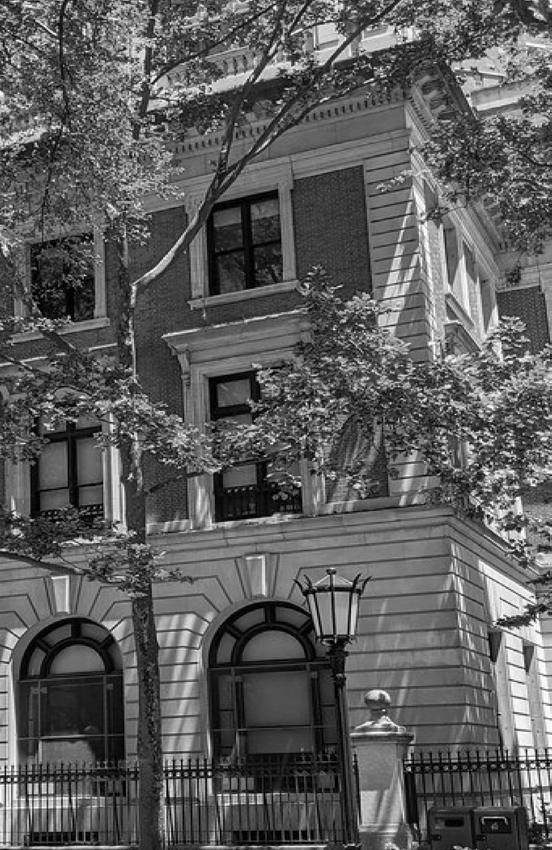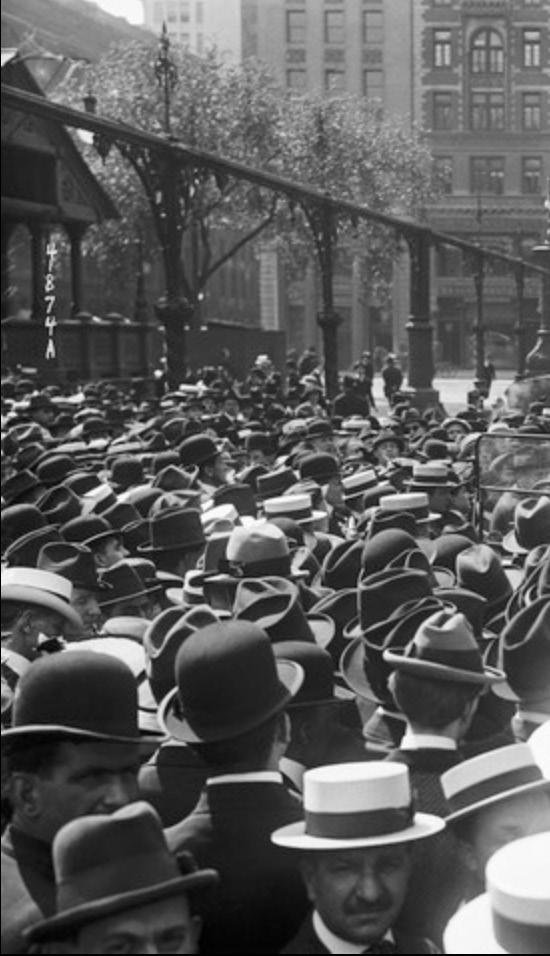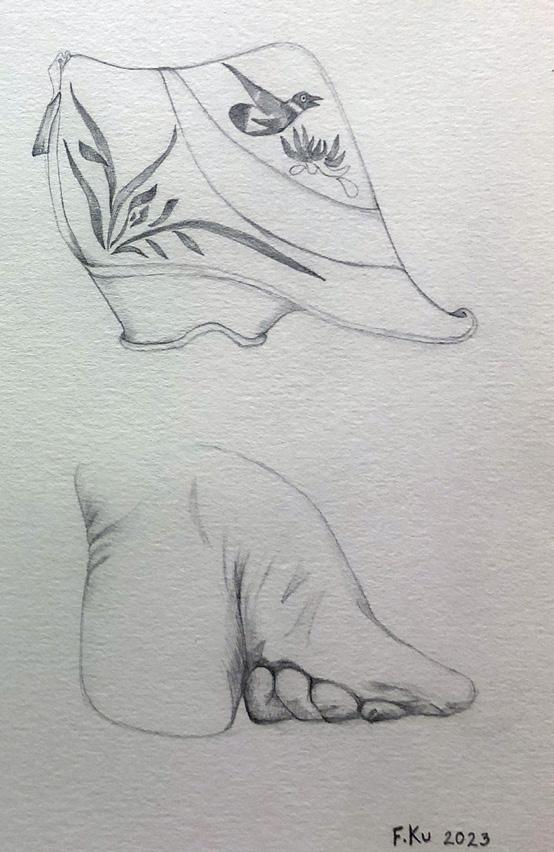


Image





Image

(1797 - November 26, 1883)
Born into slavery in Ulster County in upstate New York as Isabella Baumfree, Sojourner Truth was sold three times by age 12. She escaped slavery in 1826 with her infant daughter, then took her owner to court in order to claim her son, who had been sold illegally to an owner in Alabama. She won, making her the first African American woman to ever win a court case against a white man.
After experiencing a religious conversion, Isabella became an itinerant preacher and in 1843 changed her name to Sojourner Truth. During this period she became involved in the growing antislavery movement, and by the 1850s she was involved in the woman’s rights movement as well.
At the 1851 Women’s Rights Convention held in Akron, Ohio, Sojourner Truth delivered what is now recognized as one of the most famous abolitionist and women’s rights speeches in American history, “Ain’t I a Woman?” She continued to speak out for the rights of African Americans and women during and after the Civil War. Sojourner Truth died in Battle Creek, Michigan, in 1883.



(September 25, 1805 – June 21, 1865)
First Lady of New York State, as the wife of Governor, then Senator, then Secretary of State William H. Seward and the mother of five children. Frances worked with Harriet Tubman to provide safe passage in the Underground Railroad and supported the suffragists movement having a direct influence over her husband’s political positions.

Proposition to name dedicate The Seward Park Library as the Frances Seward Library for her significant contributions as an abolitionist and suffragist.
 By Dina Weiss
By Dina Weiss


 Top image creati of Jacobs as chair of a Greenwich Village civic group at a 1961 press conference;
Bottom: Philip Johnson (far right) and Jane Jacobs (middle with glasses), picketing Penn Station in 1962 to protest the building’s demolition. Image credit: the New York Landmarks Conservancy
Text credit: https://en.wikipedia.org/wiki/Jane_Jacobs
Top image creati of Jacobs as chair of a Greenwich Village civic group at a 1961 press conference;
Bottom: Philip Johnson (far right) and Jane Jacobs (middle with glasses), picketing Penn Station in 1962 to protest the building’s demolition. Image credit: the New York Landmarks Conservancy
Text credit: https://en.wikipedia.org/wiki/Jane_Jacobs
(May 4, 1916 – 25 April 25, 2006)
A journalist, author, theorist, and activist who influenced urban studies, sociology, and economics. She who wrote the accaimed book The Death and Life of Great American Cities, among many other books. Jacobs advocated for local residents to have a say on their urban environment. And diverse density over expressways which is always safer for women.
An opponent of Robert Moses, she believed that urban renewal and “slum clearance” did not respect city dwellers and faught and won in stopping the LOMEX, the Lower Manhattan Expressway which would have cut straight through what is now known as Soho. A mother of two, who fled to Toronto during the Vietname war to protect her draft age sons from serving.

Proposition to rename the new Penn Station the Jacobs-Moynihan Train Hall
Acknowledging Jane Jacobs’ activist albeit unsuccessful efforts to stop the original destruction but she did save Grand Central Station.
By Dina Weiss
Proposition to rename the PUCK Building the CHA Building in memory of Theresa
Cha was a young author and artist who was raped and killed by security guard (a serial rapist) in 1982. Her tragic incident serves as a symbol of the continued brutality against women even four decades later. Cha was discovered in a dumpster, labeled as the “Oriental Jane Doe,” and her family had to assist the NYPD inorder to solve the crime. By Dina Weiss

Globally, an estimated 736 million women—almost one in three—have been subjected to physical and/or sexual intimate partner violence, non-partner sexual violence, or both at least once in their life (30 per cent of women aged 15 and older). This figure does not include sexual harassment. (UN Women)
Image and Text credits:
https://www.oxygen.com/new-york-homicide/crime-news/security-guard-joey-sanza-killed-theresa-cha-puck-building https://www.nytimes.com/2022/01/07/obituaries/theresa-hak-kyung-cha-overlooked.html
https://www.thenation.com/article/culture/theresa-hak-kyung-cha-dictee-essay/ https://www.amazon.com/Dictee-Theresa-Hak-Kyung-Cha/dp/0520261291
Hak Kyung Cha.(March 4, 1951 – November 5, 1982)
Born on March 4, 1951, in Busan, South Korea, she was a poet, performance, and multimedia artist. Fleeing multiple invasions, her family settled in San Francisco in 1963 when she was twelve. Cha won a poetry contest at fourteen and later earned her BA, MA, and MFA from the University of California, Berkeley. In 1980, she moved to New York City, working as an artist, editor, and writer. Tragically, she was raped and murdered on November 5, 1982, a week after the publication of her work “Dictee.” Cha’s contributions remain influential in contemporary literature and performance.
From A Far
What nationality or what kindred and relation
what blood relation
what blood ties of blood
what ancestry
what race generation
what house clan tribe stock strain what lineage extraction what breed sect gender denomination caste what stray ejection misplaced Tertium Quid neither one thing nor the other Tombe des nues de naturalized what transplant to dispel upon
(Exceprt from Dictee)
 By Dina Weiss
By Dina Weiss


(June 27, 1869 – May 14, 1940)
Lithuanian-born anarchist revolutionary, political activist, and writer. She played a pivotal role in the development of anarchist political philosophy in North America and Europe in the first half of the 20th century.

Goldman (shown here in center of Union Square, New York in 1916) where she urged unemployed workers to take direct action rather than depend on charity or government aid.
By Dina Weiss





(November 18, 1948 – September 8,1985)
A Cuban-American performance artist, sculptor, painter, And video artist who is best known for her “earth-body” artwork. She died after falling from her 34th-floor apartment. She lived there with her husband of eight months, minimalist sculptor Carl Andre. The circumstances surrounding her death have been the subject of controversy.
Carl Andre her husband, a famious artist, was known to be abusive. For over 35 years, accusations of murder shrouded one of the art world’s most storied couples. They were a textbook case of opposites attract. Andre was famous, rich, white, and within the small coterie of the artworld, powerful. Mendieta was a Cuban refugee, a diminutive woman, working at the edge of the Avant Garde. Just months after their wedding, Andre called 911 saying they had a fight and Mendieta “went out the window” of their 34th floor apartment.
Andre was charged with murder and the art world split in two He faced trial three years later in 1988 and was acquitted.
By Dina WeissImage credits: Ana-Mendieta-© The Estate of Ana Mendieta Collection, LLC; Courtesy Galerie Lelong & Co.; Text from Wikipedia and Death of An Artist podcast
Did you ever wonder where single women stayed in New York City before the 1960’s? Staying in a hotel unaccompanied by a man was not permissible. There was only one alternative - religiously run rental accommodations, which imposed strict rules. The first all-women’s hotel was the Turney Stewart Hotel, which opened in 1878 on 34th Street and Park Avenue. It housed approximately 1500 women. However, it was closed after a month and then demolished in 1927.


A more successful venture was The Martha Washington Hotel on 30th Street in Manhattan. Opened in 1903, it incorporated a small shopping mall with tailor shops, hairdressers, and a pharmacy. It became the headquarters for a grassroots feminist group called the Interurban Women Suffrages Council. Some prestigious guests included Veronica Lake and Sara Teasdale. The hotel for women and run by women continued till 1998. It was renamed The Redbury Hotel but recently closed in 2023now allocated for the influx of asylum seekers.

 Text references: s-media.nyc.gov/agencies ; The Landmarks Preservation Commission 2012; The History of the Martha Washington written and researched by Virginia Kurshan ; untappedcities.com; The History of NYC’s Women-Only Hotels; The New Yorker -When The Barbizon Gave Women Rooms Of Their Own . by Casey Cep 2021
Images left to right: The Redbury Hotel, ICE Portal, Women in Martha Washington Hotel with female elevator operator. Library of congress; Left image: The Barbizon Hotel, photo by Sara Krulwich//The New YorkTimes
Text references: s-media.nyc.gov/agencies ; The Landmarks Preservation Commission 2012; The History of the Martha Washington written and researched by Virginia Kurshan ; untappedcities.com; The History of NYC’s Women-Only Hotels; The New Yorker -When The Barbizon Gave Women Rooms Of Their Own . by Casey Cep 2021
Images left to right: The Redbury Hotel, ICE Portal, Women in Martha Washington Hotel with female elevator operator. Library of congress; Left image: The Barbizon Hotel, photo by Sara Krulwich//The New YorkTimes
The most famous women’s-only hotel was the rather luxurious Barbizon Hotel, on 3rd Street and Lexington Avenue, which opened in 1927. Some of its most famous occupants were Sylvia Plath, Grace Kelly, Liza Minnelli, and Nancy Reagan. The luxury of this facility, which housed 700 women, can be seen in the amenities, which included a milliners shop, a swimming pool, lecture halls, music rooms, a rooftop garden, as well as free afternoon teas served daily in the lobby. The middle-class professional woman was required to have a letter of recommendation for the hotel. Barbizon had strong ties with high-end employers such as The Gibbs Secretarial School, and The Robert Powers modeling agency. There was even a floor where women could learn secretarial skills.
By the 1930’s the famous Mademoiselle Magazine utilized the hotel so frequently that they offered internships which included accommodations at the Barbizon. Given the amount of publicity from the famous and elite institutions, the hotel started to represent a certain lifestyle and freedom for independent women. By the 1970’s that need started to fade. And by 1980 The Barbizon accepted male guests.

 By Martine Kaczynski
By Martine Kaczynski


 By Natalie Moore
By Natalie Moore

 By Jodie Lyn-Kee-Chow
By Jodie Lyn-Kee-Chow


 khoshbin
khoshbin
 By Sarah Ahmad
By Sarah Ahmad

 By Ellie Murphy
By Ellie Murphy



 By Amy Khoshbin
By Amy Khoshbin

A Womxn’s Place zine was created for the Textures of Feminist Perseverance exhibition produced by the James Gallery, CUNY Graduate Center. ZIne concieved by Dina Wiess, cover design by Natalie Moore.